
The AIgorythm project

Playwright and actor
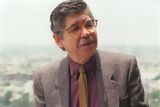
Novelist

Writer and poet

Volleyball player

Italian-Peruvian naturalist and geographer

Singer and percussionist

Last Inca emperor

Politician, former prime Minister

Journalist and TV host
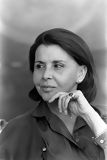
Poet

Inca warrior
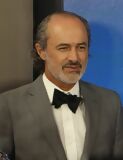
Actor and comedian

Biophysicist

Poet

Doctor and researcher
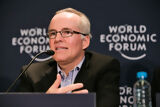
Businessman, Interbank group

Journalist and writer

Poet and writer
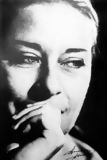
Singer and songwriter
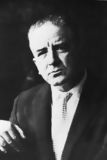
Writer

Film director, Berlin Golden Bear winner

Football player
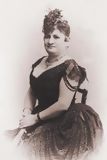
Writer and journalist
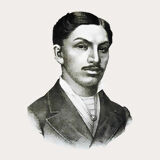
Doctor and scientist

Photograph

Chess player

Industrialist

Former general

Specialist in public health

Actress and singer

Afro-Peruvian music singer

Mathematician and engineer

Indigenous chronicler

Neurologist and anthropologist

Painter

Football player
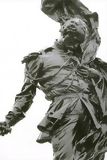
National hero, military leader

Intellectual and reformer

Chef and entrepreneur

Fashion designer

Singer-songwriter

TV presenter

Marathon runner

Indigenous Peruvian chronicler

Theologian

Former national team captain

Economist and former health minister

Inca princess

Writer and television host

Folk musician

Poet and guerrilla
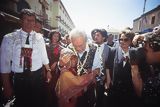
Former UN secretary-general

Chef, known for fusion cuisine

Football player

Peruvian aviation pioneer

Poet and artist
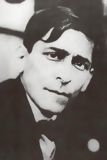
Marxist philosopher and writer

Industrialist and businessman
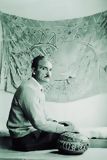
Novelist and ethnologist

Painter and muralist

Opera tenor

Fashion designer

Cardinal of Lima

Peruvian tennis player

Football coach

Leader of the indigenous rebellion
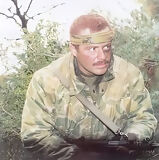
Military hero

Latin singer
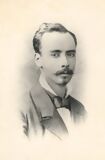
War of the Pacific hero

The youngest mother in history

Politician

Creole music singer

Tennis player
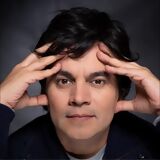
Musician

Writer and politician

Politician and founder of the Christian Democratic Party

Founder of Sodalitium Christianae Vitae

Archaeologist and anthropologist

Military leader and politician

Television host
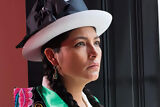
Actress and singer
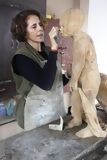
Contemporary sculptor
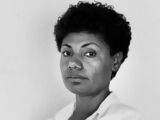
Women’s rights activist

Beauty queen

Astrophysicist

Heroine of independence
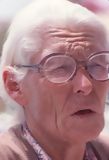
Mathematician and archaeologist

Historian and anthropologist
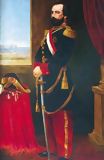
Military figure and historical figure

Fashion photographer

Writer, Nobel Prize in Literature, Politician

Revolutionary leader
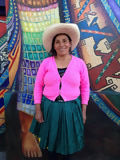
Environmental activist

Leader of the indigenous rebellion

Musician from Gaia band
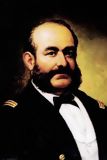
War hero
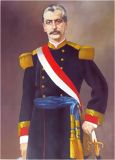
Military leader and politician

Chef, known for Nikkei cuisine

Volleyball coach and former player

Environmental activist

Television personality

Writer

Football player

Epidemiologist and former health Minister

Inventor and aerospace pioneer

Soldier and inventor
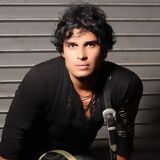
Rock singer

Chef and co-owner of Central restaurant

Painter

Football player

TV presenter and actress
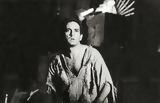
Actor

Writer and historian

Journalist and lawyer

Archaeologist, founder of Caral site
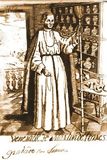
Monk and Saint
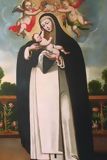
Saint, patron of Latin America

Physicist and engineer

World champion surfer

Actress

Oncologist
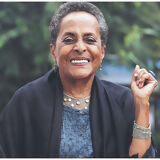
Singer, Latin Grammy winner

Former mayor of Lima

Singer

Actress

Former football player

Painter
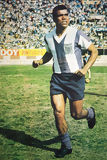
Former football player

Painter

Inca leader

Archbishop, saint
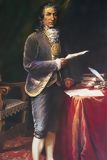
Leader of the indigenous rebellion

Revolutionary indigenous leader

Diplomat and intellectual

Sculptor and painter
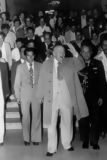
Political leader, founder of APRA

Lawyer and Former prime minister

Chef of Central restaurant
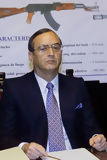
Former head of secret services

Popular singer

Fashion designer

Exotic music singer
María Reiche is an iconic figure in Peruvian archaeology, especially known for her work on the Nazca Lines, an enigmatic set of geoglyphs located in the Peruvian desert. Born on May 15, 1903, in Dresden, Germany, Reiche was trained as a mathematician and translator, but she became deeply passionate about archaeology after emigrating to Peru in the 1930s. She dedicated most of her life to studying, preserving, and protecting the Nazca Lines, interpreting them as a vast astronomical calendar used by the ancient inhabitants of the region.
María Reiche grew up in Germany, where she studied mathematics, physics, and philosophy at the University of Hamburg. She graduated with a degree in mathematics in 1928. Soon after, she began working as a teacher, but she was not satisfied with the direction her career was taking in Europe. By the late 1930s, she decided to move to South America, where she believed she could find new professional and research opportunities.
In 1932, Reiche moved to Peru, where she began working as a governess and private tutor. It was in Peru that she met American archaeologist Paul Kosok, who introduced her to the Nazca geoglyphs. Fascinated by these giant shapes drawn on the desert floor, Reiche decided to devote her life to studying them. She soon developed the idea that the Nazca Lines formed an astronomical calendar and served as maps for observing the cycles of the sun and the moon.
For more than 50 years, María Reiche studied the Nazca Lines tirelessly, traversing the desert under the scorching sun, meter by meter, armed only with a broom and her passion for this mysterious culture. She measured and mapped over 1,000 lines and geometric figures, ranging from simple straight lines to more complex depictions of animals such as monkeys, birds, fish, and lizards.
In the 1940s and 1950s, when the Nazca Lines were still largely unknown to the public, they were threatened by agricultural and industrial development. María Reiche played a crucial role in the preservation of these ancient artworks. She led a global campaign to raise awareness among Peruvian authorities and the international community about the importance of protecting this unique archaeological site. Thanks to her efforts, the Nazca Lines were declared a UNESCO World Heritage Site in 1994.
María Reiche firmly believed that the Nazca lines formed an astronomical calendar created by the ancient inhabitants of the region to track the movements of the sun, moon, and stars. She thought that these lines had a religious and agricultural function, allowing the Nazca people to predict crop cycles and invoke the gods to ensure the fertility of the land. Although some of her theories have been questioned by other researchers, Reiche paved the way for a deeper study of this enigmatic archaeological site. Thanks to her work, the Nazca Lines gained international recognition and were declared a UNESCO World Heritage Site in 1994. Her legacy has inspired generations of archaeologists and scientists to continue investigating the true purpose of these mysterious figures.
María Reiche received numerous awards and honors for her work in preserving the Nazca Lines. In 1992, she was awarded the Order of the Sun, Peru’s highest civilian honor, for her outstanding contributions to Peruvian archaeology. When she passed away in 1998 at the age of 95, she left behind a lasting legacy. Her house in Nazca was converted into a museum, where her instruments, maps, and journals are displayed, offering visitors insight into her tireless work.
María Reiche is a key figure in Peruvian archaeology, and her work continues to inspire archaeologists, historians, and scientists around the world. Her contributions helped reveal the hidden treasures of the Nazca civilization and saved the lines from destruction. Today, the Nazca geoglyphs remain a subject of fascination and mystery, and Reiche’s work serves as a foundation for new research aimed at unraveling the secrets of this ancient culture.
The career of María Reiche is also the story of a pioneering woman in a field dominated by men. In an era when few women were recognized in the sciences, she overcame numerous obstacles to become a respected figure in the world of archaeology. Her meticulous research and tireless dedication are examples of determination and passion. She demonstrated that, despite limited resources and difficult working conditions, perseverance and passion could open doors. Her ability to challenge gender stereotypes and her contribution to the preservation of Peru's cultural heritage have made her a symbol of struggle and progress for many women seeking to excel in the sciences and other fields.
María Reiche dedicated her life to understanding and protecting the Nazca Lines, leaving behind a lasting legacy. Her work continues to inspire new generations of researchers, and the geoglyphs she preserved remain one of the most fascinating archaeological mysteries in the world. Thanks to her perseverance and passion, these ancient treasures were protected for future generations, allowing archaeologists to continue exploring the secrets of the Nazca civilization.